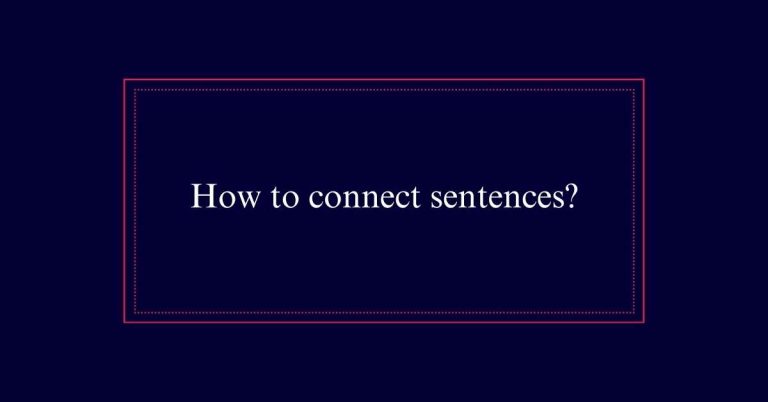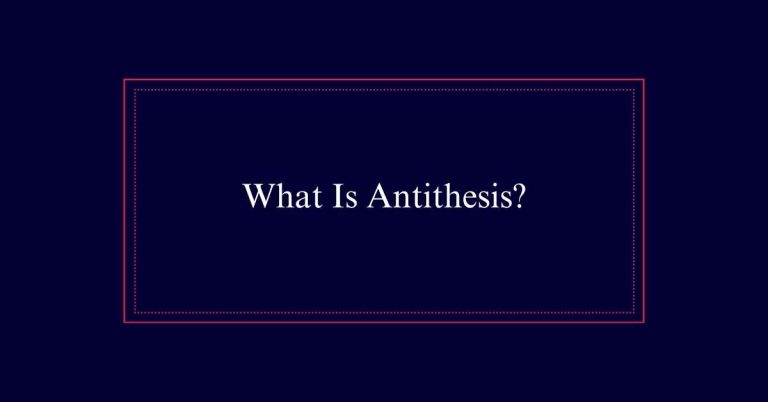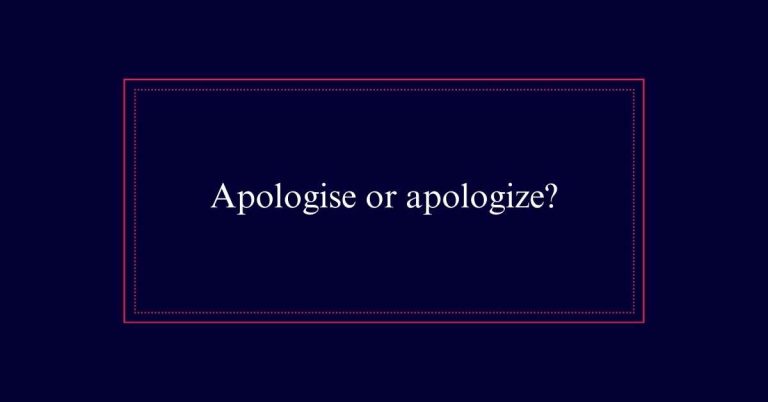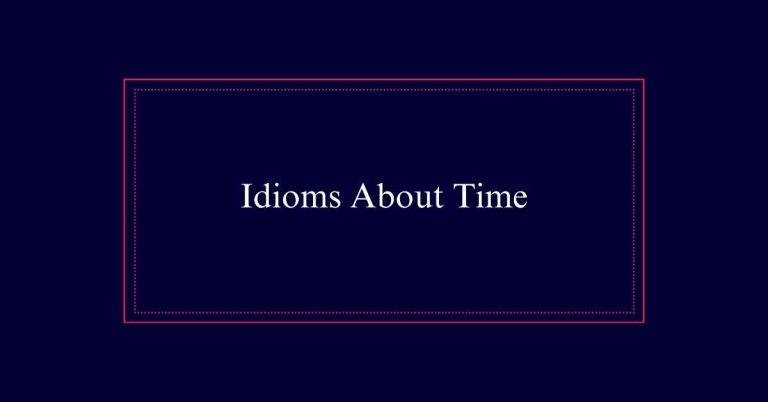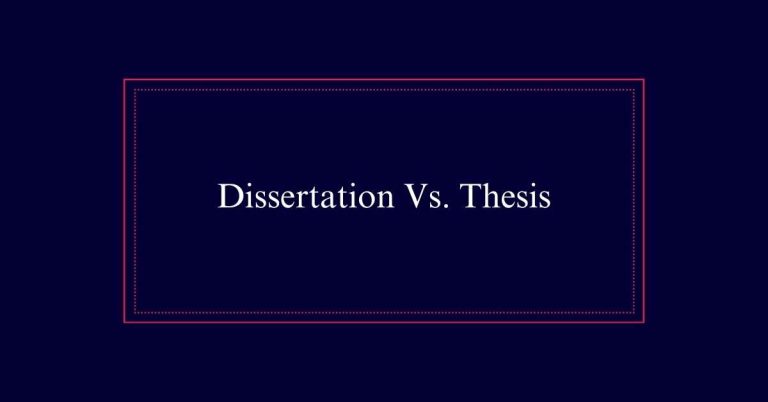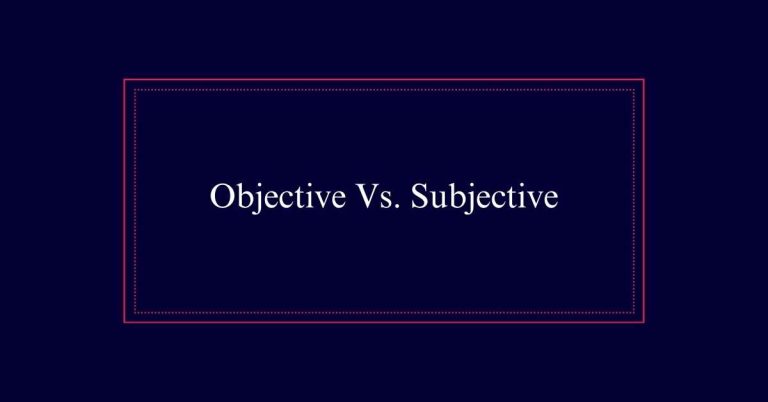Get It Vs. Got It
The terms ‘get it’ and ‘got it’ differ mainly in tense. ‘Get it’ is in the present tense and is used to describe current actions or understanding, such as “I get the concept.” ‘Got it’ is past tense, indicating that an action or comprehension is complete, like “I got the message.” Although these terms are often used interchangeably in informal conversation, using them correctly can enhance clarity and communication.
Definition of Get Vs. Got
The distinction between ‘get’ and ‘got’ lies in their respective tenses; ‘get’ is present tense, while ‘got’ is past tense.
‘Get’ is used to express actions or states occurring now. For instance, ‘I get the concept’ shows present understanding.
Conversely, ‘got’ refers to past actions or states. ‘I got the message’ indicates understanding was achieved earlier.
These terms are often used interchangeably in informal speech, but their correct usage depends on the context.
For example, ‘I get it’ can express current sympathy or acknowledgment, while ‘I got it’ can imply past comprehension or capability.
Present Vs. Past Tense
Understanding the difference between present and past tense is crucial for using ‘get’ and ‘got’ appropriately.
‘Get’ is the present tense form, indicating current action or state. For example, ‘I get what you mean’ shows comprehension in the present moment.
In contrast, ‘got’ is the past tense form, reflecting an action or state completed in the past. For instance, ‘I got it’ implies that understanding occurred earlier.
Choosing the correct tense based on the context is vital. Present tense can also signal a command, such as ‘Get the book.’ Meanwhile, past tense can indicate immediate understanding, like ‘I got it now.’
Informal Speech Usage
In informal speech, ‘get’ and ‘got’ are often used interchangeably to convey understanding or acknowledgment. This flexibility makes these terms versatile in everyday conversations.
Below are three common usages:
- Acknowledgment of Understanding: ‘I get it’ and ‘I got it’ both signal that the speaker has grasped the information.
- Offering Assistance: ‘I got it’ can indicate a readiness to help, as in taking over a task.
- Expressing Sympathy: ‘I get it’ often shows empathy or alignment with someone’s feelings or opinions.
Questions of Comprehension
When asking questions of comprehension, people often use phrases like ‘Do you understand?’ or simply ‘Understand?’ These questions assess whether the listener grasps the information provided. The choice between ‘get’ and ‘got’ depends on the context and the timing of the comprehension.
| Phrase | Context |
|---|---|
| Do you understand? | Used during an explanation to check real-time understanding. |
| Understand? | Informal, quick check of comprehension, often in casual settings. |
| Got it? | Checks if the listener has understood after an explanation. |
Expressing Understanding
Expressing understanding often involves using phrases like ‘I get it’ or ‘I got it’ to convey comprehension. These phrases are used in different contexts to indicate that the speaker has grasped the information.
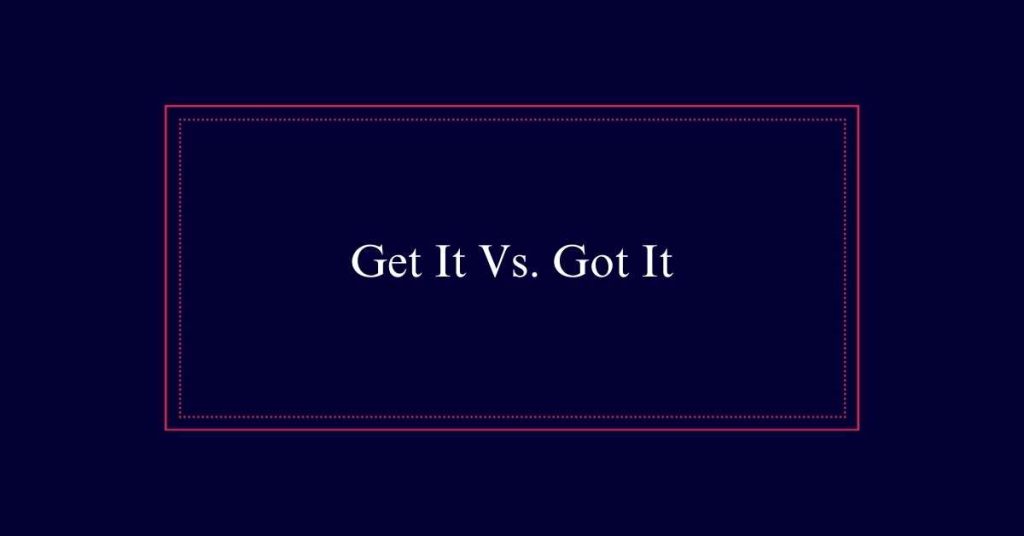
Here are three key uses:
- Immediate Comprehension: ‘I got it’ is often used to show that the speaker understands something right away, without needing further explanation.
- Acknowledgment: ‘I get it’ can be used to acknowledge someone’s feelings or opinions, indicating empathy or agreement.
- Capability: ‘I got it’ is also used to express readiness or capability to handle a task or responsibility.
Command and Encouragement
Phrases like ‘Get it’ often serve as commands or forms of encouragement in various contexts. For example, a coach might shout, ‘Get it!’ to motivate an athlete to seize an opportunity. This usage is direct and aims to inspire immediate action.
Similarly, in a professional setting, a manager might say, ‘Get it done,’ as a clear directive to complete a task efficiently. These commands are short and to the point, making them effective in fast-paced environments.
On the other hand, ‘You got this’ is commonly used to boost someone’s confidence, implying belief in their abilities. Whether as a command or encouragement, these phrases are pivotal in motivating individuals to act or persevere.
Tone and Perception
The tone of voice greatly influences how ‘get it’ and ‘got it’ are perceived in conversation. Tone can convey different emotions and levels of understanding.
For example, teenagers might say ‘I get it’ with a tone of frustration, while ‘I got it’ can indicate immediate comprehension without needing repetition.
Here are three key points to keep in mind:
- Frustration: ‘I get it’ can sound exasperated, implying the speaker is tired of the explanation.
- Pride: ‘I get it now!’ can reflect excitement or pride in understanding something complex.
- Efficiency: ‘I got it’ can suggest quick grasping of information, indicating no further explanation is needed.
Casual Conversation Examples
Casual conversations frequently incorporate both ‘get it’ and ‘got it’ to express understanding or acknowledgment. For instance, someone might say, ‘Do you get it?’ to check if their point is clear. A simple response could be, ‘I get it,’ indicating immediate comprehension.
On the other hand, ‘I got it’ often follows a more detailed explanation, showing that the listener has understood. These phrases are versatile and context-driven. For example, ‘Got it!’ can convey readiness to act, while ‘I get that you are upset’ shows empathy.
In casual settings, the choice between ‘get it’ and ‘got it’ depends on the context and the speaker’s intent.
Literal Vs. Figurative Use
Expressions like ‘get it’ and ‘got it’ serve both literal and figurative purposes in communication. Literally, these phrases can indicate physical possession, such as when someone says, ‘I got the keys.’
Figuratively, they are used to express comprehension or acknowledgment. For example, ‘I get it’ can mean understanding an idea or concept.
Here are three distinct uses:
- Literal Possession: ‘I got the book from the shelf.’
- Figurative Understanding: ‘I get why you are upset.’
- Capability or Willingness: ‘I got this,’ implying readiness to handle a task.
Contextual Tense Choice
Choosing between ‘get’ and ‘got’ depends heavily on the context of the conversation. The present tense ‘get’ is often used to issue commands or express current understanding, such as in the phrase, ‘Do you get it?’
Conversely, ‘got’ as the past tense indicates prior understanding or completion, such as in ‘I got it’ after an explanation. Context determines the appropriate tense.
For example, ‘I get it’ can show sympathy or acknowledgment, while ‘I got it’ may demonstrate immediate comprehension or readiness. Tone and context greatly influence the choice.
In casual settings, these expressions are versatile, often used interchangeably, yet the specific situation dictates their precise usage.


